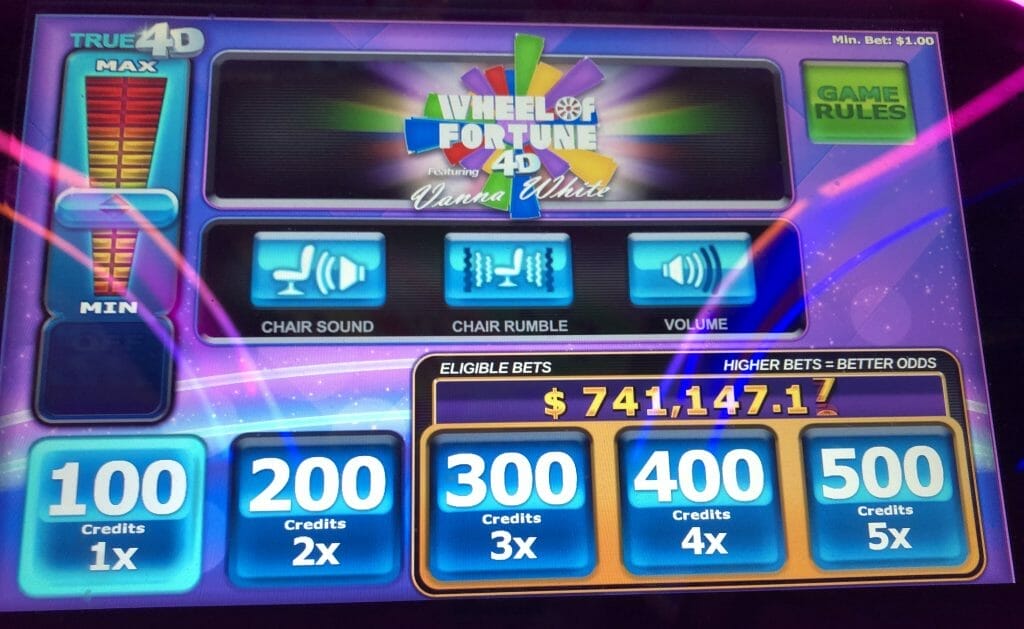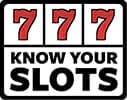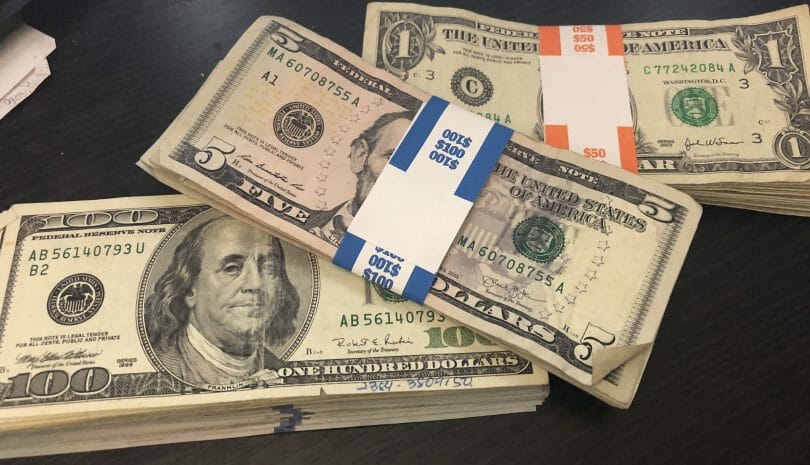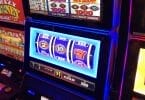If you’ve been a casino player for a long time, you may have noticed that there’s times where your money simply doesn’t last as long as it used to when it comes to playing slot machines. Some players will simply blame casinos for keeping more money for themselves by lowering the paybacks on machines.
While machine paybacks have inched downward over time, it’s not as simple as them just changing a setting on the machine and being done with it. Slot machines have evolved considerably over the years, and this evolution has more to do with it.
How much more? A few years ago WMS, a Scientific Games company, did some research and found the reason for bankrolls not lasting as long had four major factors. While the research is a few years old, the reasons are enduring and still are valid now.
Slot Machine Hold
The percentage a slot machine holds, which is the inverse to payback percentage, has indeed gone down in more recent years. The biggest reason for this has to do with the popularity of penny slots. Penny slots, as many players know, have the lowest payback percentage among the games on the casino floor.
This is despite the fact that many penny machines have higher max bets than quarter denomination machines, or even in some cases dollar denomination machines.
You can play $5 as a max bet on Lightning Link on pennies. But you play $3 as a max bet on $1 Bonus Times. Despite that, Bonus Times will have a higher payback percentage, and is many times found in the high limit room or just outside.
Older mechanical reel slots would generally have a 1-5 credit profile, with perhaps 9 credits at the top end for a 9-line game. a 9-line quarters game would therefore be $2.25. Tons of penny slots have max bets higher than that. But because they’re penny denomination, they’re given a lower payback.
This evolution has served to bring down the overall paybacks on a casino floor. But despite that, WMS credits about 20 percent of the increased burn of bankroll to be specifically accounted for by the payback percentage changes and revised make-up of the slot floor.
Increased Betting Requirements

I’ve talked about this at length on this site, but bet increments are rising. Lots of games let you choose how many lines and playing all lines used to have a 20-30 cent minimum; now it’s not uncommon for games to have 50, 60, 75 cent minimums or even more (Wheel of Fortune 4D has a $1 minimum).
Game sequels increase the minimum bet from their popular predecessors, banking on players being fond of a theme to bet higher. Newer games don’t let you decide how many lines, forcing higher bets. Licensed games have higher minimums to help cover the cost of the licenses. Extra bets encourage playing a higher bet to also be eligible for an additional feature or bonus.
When WMS did their research, a minimum bet had risen from $0.25 in 2004 to $0.40 in 2014, and as the above examples indicate, that evolution has only continued.
They put bet size at a whopping 35 percent of the reason for increased bankroll burn. This certainly makes sense – if payback doesn’t change, but bets increase, you’ll lose money faster by the nature of simply betting your money more quickly. So it’s not surprising that has a more outsized influence on the overall speed at which money is captured than an extra point or two on the house hold.
Slot Machine Spin Speed
Speaking of more quickly, one thing they noted is the reels spin faster than they used to. Sit down at an older game and you’ll notice the game’s reels frequently spun more slowly than the games you play today.
A game in 2004 would average 8 spins per minute. A game in 2014 averaged 12 spins a minute. That’s a whopping 50 percent more spins you can complete in a minute.
Combine that with the higher bet requirements, and you can see how slots have evolved to capture more money just on their own, and some newer games on the market spin even faster – some IGT machines let you control the speed, but for the most part it’s been a slow, steady design evolution towards quicker reels.
They accounted 21 percent of increased bankroll burn on this change.
Slot Machine Volatility
Finally, slot machine volatility was determined to play an important role. This topic is so critical I’ve devoted an entire series of posts on the site to it. Higher slot volatility is summarized as bigger hits, but less frequently.
Higher volatility games are among the more popular, and the push for higher volatility comes with higher bets and bonus bets, sequels that are tougher than their predecessors, more/better bets and so on.
But even the base games are getting tougher, in part because players like big progressives and that chance at winning something huge. Slot volatility was attributed for 24% of the increased bankroll burn.
Put this all together, and the evolution of the slot floor has driven exciting innovation, incredible new games and chances to win even bigger. But all of that comes at the cost of spending more faster, leading to either quicker sessions or the need for larger bankrolls.
Casinos are able to maintain their slot machine count, update their games, leave paybacks in the same range and make more and more money thanks to all these changes.
It’s easy to say the casinos have increased the hold rate and lowered paybacks, but the reality is a lot more interesting. As players we make decisions all the time as to what games we want to play. Casinos respond by bringing those games to us. And if we continue to choose swing for the fences, high volatility games, this is the end result.







I am not sure video poker is any better than slots for payouts. Yes I know what people say but not buying it
Would like to hear from others about this.
Hi Bill – the easiest way to compare is to look at the pay table as displayed on a video poker machine (since a deck of cards has a finite number of calculations, and the math able to be done by people smarter than myself, you can easily look up what a pay table on video poker will pay over the long term) and compare it to the payback of slot machines as reported to the government in markets like Nevada. Since both sets of data are publicly available, you can compare and contrast quite easily.
Video poker has a higher payback than slots in every case I’ve reviewed, and sometimes video poker pulls up the average in markets where slots and video poker are reported together. Video poker players are many times a different type of audience than slots, just like blackjack or craps, and each of those games have their own mathematical payouts.
Thanks
So if it’s a multi denomination game like buffalo link or dragon link with the lowest being .01 and the highest being $2 is the payback percentage the same betting $20 on .01 and $20 on .02?
Hi Neal – we technically don’t know, but machines can be set to have different paybacks for different denominations, so the 2 cent bet can be set higher than the 1 cent. That’s going to be up to the individual casino, and they don’t tend to reveal that information. But given they can, and it’s possible, a 2 cent denomination bet will technically be a better option than a 1 cent denomination bet given the same wager size, at least from that perspective.